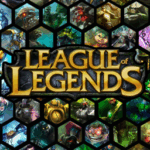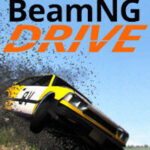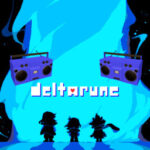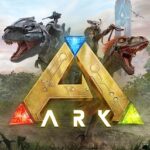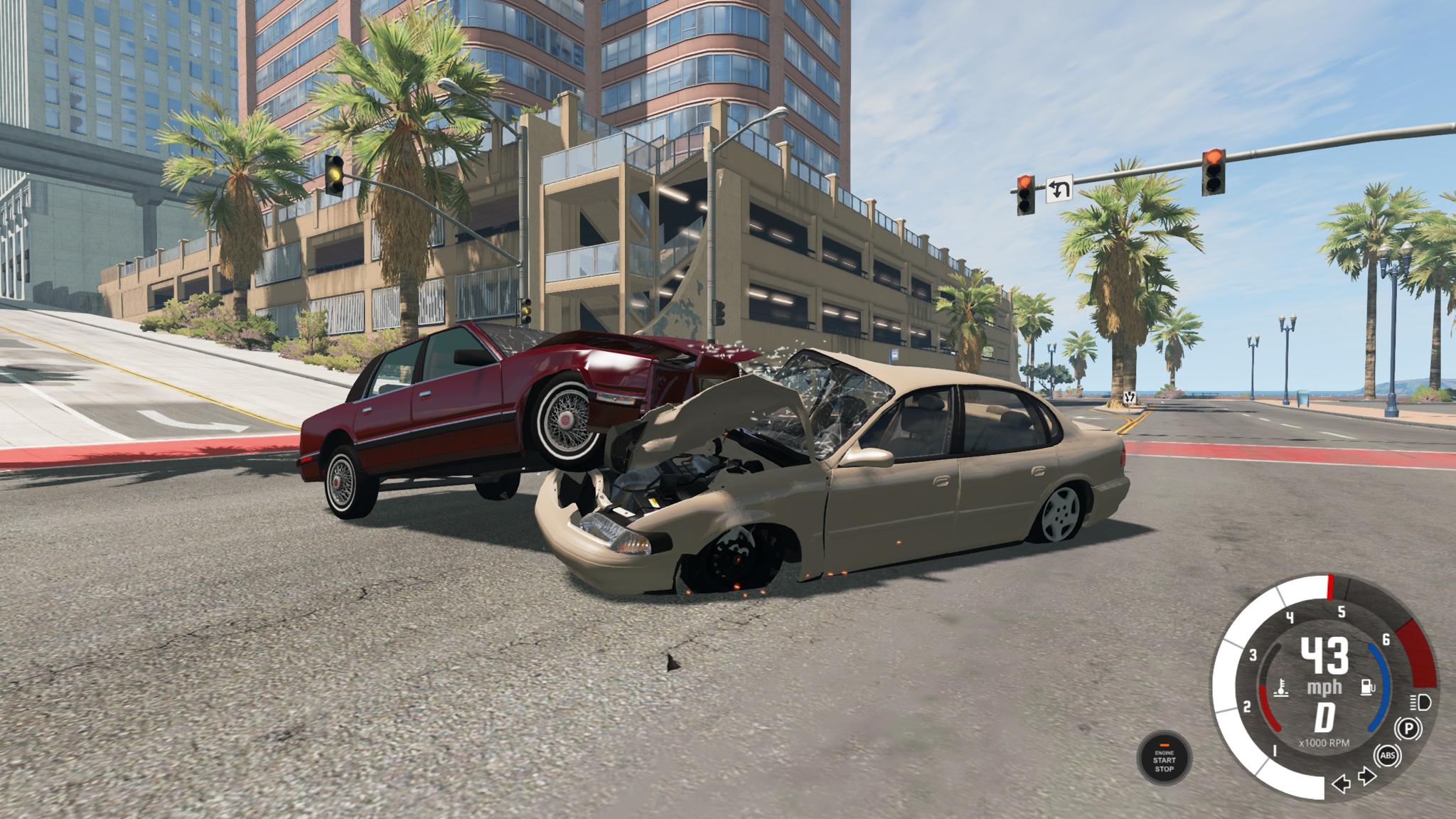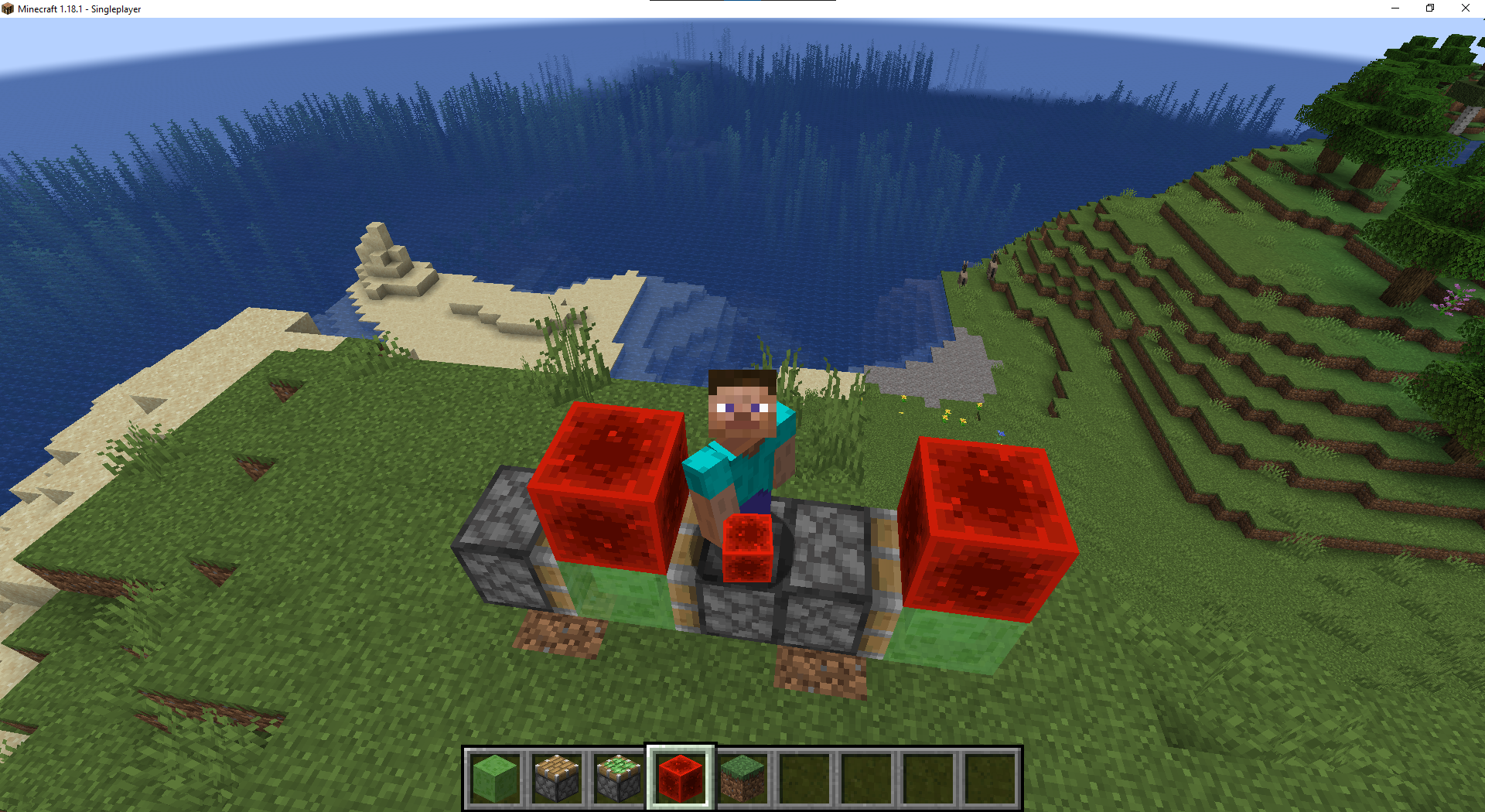Popular Now
Gorilla Tag has taken the VR world by storm, not because of flashy visuals or high-budget marketing, but due to one surprisingly revolutionary mechanic: its unique locomotion system. In a world of analog sticks and button-heavy control schemes, Gorilla Tag dares to strip everything back, placing movement entirely in the player's hands—literally. This article explores the evolution of movement mastery in Gorilla Tag, breaking it down into its stages, techniques, learning curve, and social impact. By diving into how players learn, adapt, and innovate within the game’s physical control mechanics, we uncover how movement in Gorilla Tag is more than just a means of travel—it's a skill, a strategy, and a shared language among players.
The Foundation of Movement in Gorilla Tag
When new players enter Gorilla Tag, the first challenge isn't tagging others—it's movement itself. There are no joysticks or teleportation systems. Instead, players use only the motion of their arms to push, climb, and leap through the environment. This creates a steep but rewarding learning curve.
The Absence of Standard Controls
Unlike traditional VR games, Gorilla Tag doesn’t use thumbsticks or buttons for traversal. Movement comes from pushing off the ground and walls using your arms. This not only engages players physically but also creates a sense of immersive presence unmatched by other VR experiences.
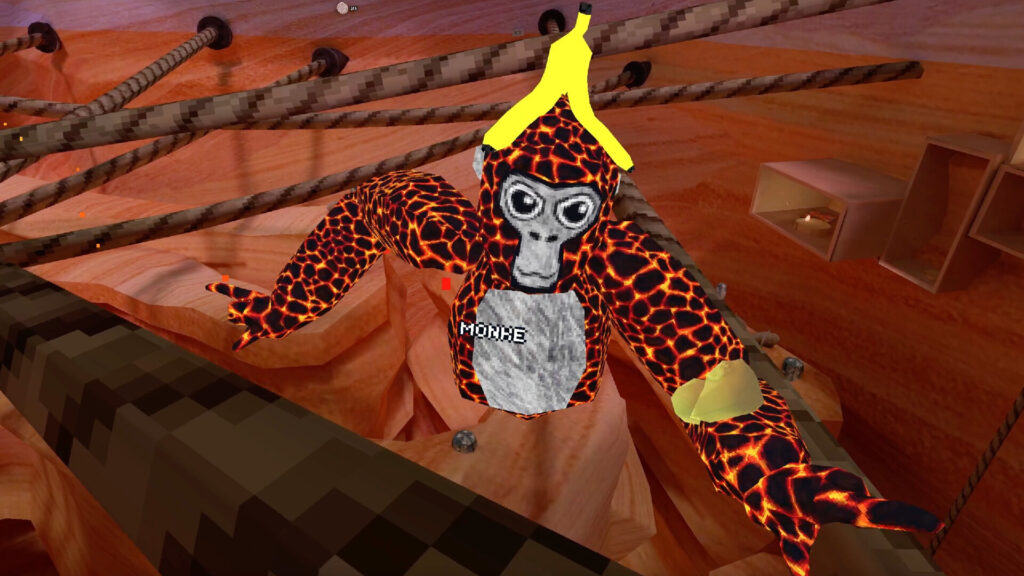
First Steps and Common Struggles
Most beginners struggle to move more than a few feet. Without a tutorial, they must learn to shift their body weight, angle their arms properly, and use momentum—all through trial and error. This design encourages experimentation and builds kinesthetic awareness.
Building Muscle Memory Through Repetition
After the initial challenge of movement, players begin to develop the muscle memory necessary to navigate maps with greater control and confidence. Like learning to ride a bike, Gorilla Tag’s movement becomes second nature through repetition.
Slow Progression, Then a Breakthrough
New players often plateau early, mastering slow climbing and basic motion before breaking into more advanced forms of movement. The “aha” moment usually comes when a player figures out how to chain moves together without thinking.
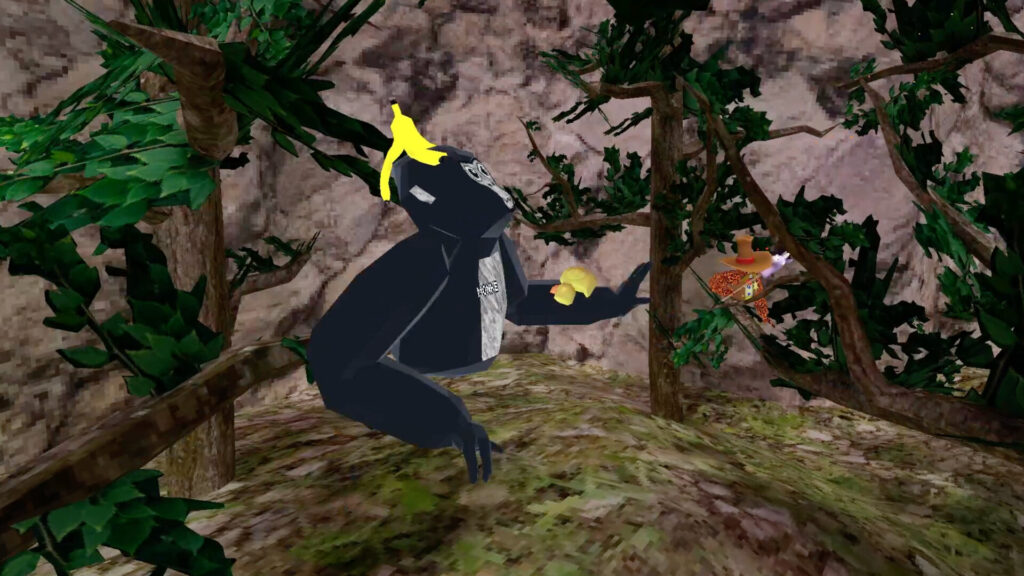
Micro-Adjustments for Smooth Navigation
Players refine their motion by analyzing angles, force, and timing. These micro-adjustments make movement more efficient, allowing smoother and faster traversal through the game’s varied terrain.
Advanced Techniques: Wall Climbing and Wall Running
Once players understand the basics, they begin learning complex locomotion techniques that involve vertical movement and wall interactions. Wall climbing and wall running are particularly important in chase scenarios.
Wall Climbing as a Core Escape Mechanic
Climbing is vital to survival in Gorilla Tag. Players pull themselves upward by alternating arm movements, timing their grip points, and using momentum for height. Mastering this is essential for staying ahead of taggers.
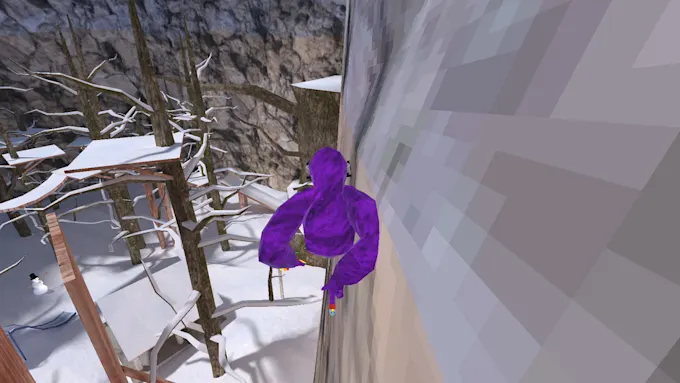
Wall Running Requires Precision and Rhythm
Wall running is one of the most difficult techniques to learn. Players must jump at a shallow angle, slap the wall mid-run to stay airborne, and maintain rhythm. The risk is high—but so is the payoff when executed correctly.
The Art of Juking and Evasion
As players become faster and more agile, a new meta emerges—juking. This involves deceptive movement to throw off opponents and escape tags with flair.
Predictive Movement and Fakeouts
Effective juking depends on predicting the chaser’s actions. Players may pretend to run one way, only to spin and launch in the opposite direction. Timing and quick decision-making are key.
Combining Techniques for Mind Games
The best players don’t just move well—they think ahead. They combine wall jumps, sudden drops, and fakeouts into a dance of misdirection, using the environment as a tool to manipulate chasers.
Learning Map Geometry and Terrain Use
Maps in Gorilla Tag aren’t just visual backdrops—they are integral to movement strategies. Each surface, slope, and obstacle can be used creatively for advantage.
Familiarity Equals Fluidity
Over time, players memorize the layout of every tree, ledge, and rock. This familiarity lets them plan routes mid-chase and traverse terrain with minimal hesitation.

Exploiting High Ground and Narrow Paths
High vantage points offer visibility and evasion routes. Narrow ledges and dead ends, while risky, can be used for quick escapes or to bait opponents into overcommitting.
Physical Conditioning and Endurance
Unlike most VR games, Gorilla Tag is physically intense. Extended sessions require stamina, arm strength, and endurance—especially during competitive play.
Movement as a Workout
Climbing, jumping, and sprinting using only arms transforms the game into a full-body workout. Many players report sore shoulders after long sessions, showcasing the physical demand.
Staying Competitive Through Fitness
Skilled players not only improve their movement techniques but also their physical conditioning. Higher stamina allows them to maintain speed and control during long chases.
The Social Side of Movement
Movement in Gorilla Tag isn’t just mechanical—it’s also social. The way players move becomes a form of expression, identity, and even community recognition.
Movement as a Social Language
Advanced players often move with signature styles. Others recognize them not just by name, but by how they run, climb, or juke. Movement becomes a kind of reputation.
Teaching Through Movement
Veteran players frequently help newcomers by demonstrating moves or inviting them to practice. These informal lessons strengthen the community and promote a culture of growth.
Competitive Play and Skill Showcases
While Gorilla Tag isn’t a traditional esports title, it has a vibrant competitive scene. Tournaments and community events highlight just how deep the movement system can go.
Skill Challenges and Speed Competitions
Players race through custom maps, perform movement combos, or compete in tag matches under pressure. Movement efficiency becomes the differentiator between good and great.

Highlight Reels and Community Fame
Top players often record their most impressive tags and jukes, sharing them online. These clips show the creative and technical potential of Gorilla Tag’s unique locomotion.
Movement Modding and Experimental Play
Some players extend movement capabilities through community mods or explore alternate maps and mechanics in custom servers.
Custom Maps for New Movement Puzzles
Modders create environments that test very specific movement skills—like parkour courses or vertical-only arenas. These offer new ways to push player abilities.
Experimental Mechanics and Fan Innovations
Some mods introduce new movement tools or challenges like slippery surfaces, low gravity, or obstacle gauntlets. These innovations reveal how flexible the core system truly is.
The Evolution of Movement Meta
As players improve and innovate, Gorilla Tag’s movement meta continues to evolve. What was once advanced becomes the new standard, and players are constantly inventing new ways to move.
From Basic to Elite
What begins as simple crawling slowly evolves into high-speed parkour. The journey from a clumsy new player to a movement-savvy veteran defines the Gorilla Tag experience.
A Skill Ceiling That Keeps Rising
There is no definitive “best” way to move. Instead, players find techniques that suit their style, environment, and strategy. The movement meta remains in flux, driven by community ingenuity.
Conclusion
The brilliance of Gorilla Tag lies in how it turns something as simple as movement into a deep, evolving, and skill-based system. Players don’t just move—they learn, train, compete, and even express themselves through movement. Whether you're a beginner still figuring out how to climb a tree, or a seasoned veteran wall-running like a pro, Gorilla Tag’s locomotion mechanic offers infinite depth. It's not just about tagging or escaping—it's about mastering a language built on motion, rhythm, and personal growth. And in that motion, a new form of VR storytelling is born—one that you write with your arms.
